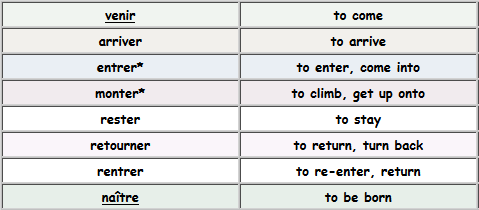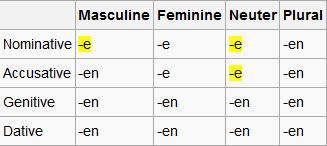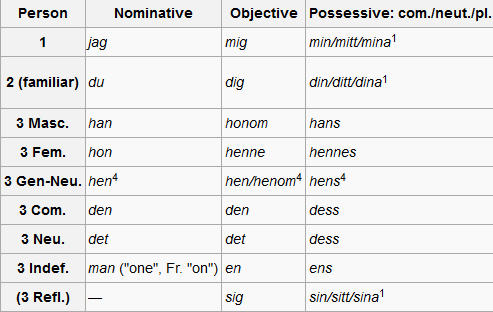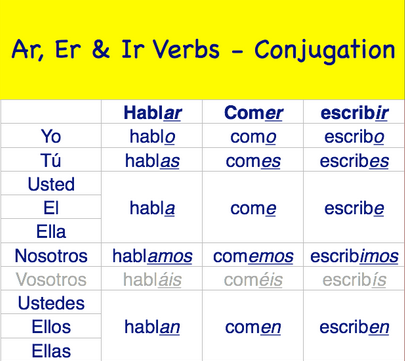Become Better At Grammar And Remember it Much Longer By Personalizing It

"...and that's why, children, we use Past Simple to describe finished events in the past"
I started coming back from the mental vortex. I zoned out. Not that it was any surprise. It happened in almost every language lesson at school.
"Let's take a look at the following example", a cold, sharp voice cut through the air, "yesterday Johny went to the shop."
I don't know what she said next. I didn't care. I preferred to concentrate on my physics homework.
"Why do these lessons have to be so boring", I thought, as the frustration started growing inside of me." And who the fu** is Johny?! He's no friend of mine!".
Maybe for you, it wasn't English. Maybe it was German, French or Spanish. But you REMEMBER that soul-tearing boredom of language classes, don't you?
Why Grammar Is So Boring
One of the problems with effective learning, be it languages or anything else, is that we try to learn new material in the exact form we get it. Teachers, authors of grammar books and course creators serve you some definition and expect you to understand it and (ideally) start using it right away.
But truth be told, it doesn't happen often.
You can read a definition of the use of a given tense or grammar construction.
But will it really mean anything to you? Will it appeal to you?
No.
Courses and books are full of faceless and meaningless "Johnys'". But you don't care about them. But do you know who your brain cares about? You!
Anything which concerns you immediately becomes ten times more interesting! Why not use it to your advantage to become better at grammar (also check this article to memorize grammar faster)?!
Become Better At Grammar By Personalizing It
The process of memorizing can be depicted in the following three steps.
- 1Encoding - involves initial processing of information which leads to construction of its mental representation in memory
- 2Storage - is the retention of encoded information in the short-term or long-term memory
- 3Recall - is retrieval of stored information from memory
As you can see from the model above, in order to maximize your chances of storing and retrieving information, you have to encode it.
Ok, let's try to encode some grammar construction by personalizing it. I can't promise that my examples will appeal to you. But I hope they will give you some idea of how to do it.
Example no 1 - French verbs with "être"
In French, the auxiliary verb is either avoir or être. French verbs are classified by which auxiliary verb they take, and they use the same auxiliary verb in all compound tenses.
Most French verbs use avoir. However, there are 16 sneaky verbs which require être.
I will list only half of them.
The usual strategy is to repeat such list until you "get it". Or until you lose the will to live.
Whichever comes first.
But we will try to encode it with help of some nice and personalized story.
Let's say that you're an adventurer and together with your friend you're hunting the mythical "Fluffy Monster".
I have come there – to the cave of a fluffy monster (Je suis venu ici– à la grotte d’un monstre en peluche). I have wanted to do this since I was born (Je voulais faire cela depuis que je suis né). My friend has also arrived – he didn’t stay at home (Mon ami est aussi arrivé– il n'est pas resté à la maison).
We have climbed the stairs and entered the gate (nous avons monté les escaliers et sommes entrés par la porte). We have killed the monster, reentered the gate and returnedhome (Nous avons tué le monstre et nous sommes rerentrés par la porte et sommes retournés à la maison).
The story is definitely silly but I dare you to forget it!
Example no 2 - When to use the Present Continuous tense in English
English tenses are notoriously difficult for non-native speakers.
For example, we use Present Continuous to describe:
- 1things that are happening at the moment of speaking
- 2temporary situations, when we feel something won't continue for a long time
- 3annoying habits, when we want to show that something happens too often, and we don't like it. In this case, we usually use an adverb like 'always', 'forever' or 'constantly'
- 4definite future arrangements (with a future time word)
- 5situations which are changing (i.e. is dynamic)
Ugh. Booooring!
But if you have a spouse, maybe you will find the following monologue more appealing and memorable.
"Recently I'm working too much (2) . Am I turning into a workaholic (5)? Maybe. But I'm meeting my boss on Friday (4) and I have to have something to show for it. Now when I am thinking about it (1), it's all because of my wife ! She is always nagging me (3) - "do this", "do that" !
Example no 3 - When to use the subjunctive mood in Spanish
The subjunctive mood is used to express everything except certainty and objectivity: things like doubt, uncertainty, subjectivity, etc.
One of the best ways to get accustomed to using it is to learn a list of clauses commonly associated with the use of the subjunctive. It is quite long, so I will take the liberty of using just three of them in my example.
en caso de que ... | en cuanto ... | es aconsejable que ... |
in case ... | as soon as ... | it's advisable that ... |
To remember them, try to imagine that your friend turns to you with a problem - his feet hurt. He is in a lot of pain. Luckily, you know the remedy. You look him straight in the eye and say:
It's advisable that you lick your toes as soon as you come home - in case you feel lonely (es aconsejable que lamas tus dedos del pie en cuanto lleges a casa - en caso de que te sientas solo)
Give It A Try
As with everything - you will never know if something works until you try it yourself. So go ahead! Infuse some life into your learning. Make it absurd, funny and personal,
Make it MEMORABLE!
Question for you: Is there any grammar construction you have trouble remembering? How can you personalize it?
Done reading? Time to learn!
Reading articles online is a great way to expand your knowledge. However, the sad thing is that after barely 1 day, we tend to forget most of the things we have read.
I am on the mission to change it. I have created over 7 flashcards that you can download to truly learn information from this article. It’s enough to download ANKI, and you’re good to go. This way, you will be able to speed up your learning in a more impactful way.













